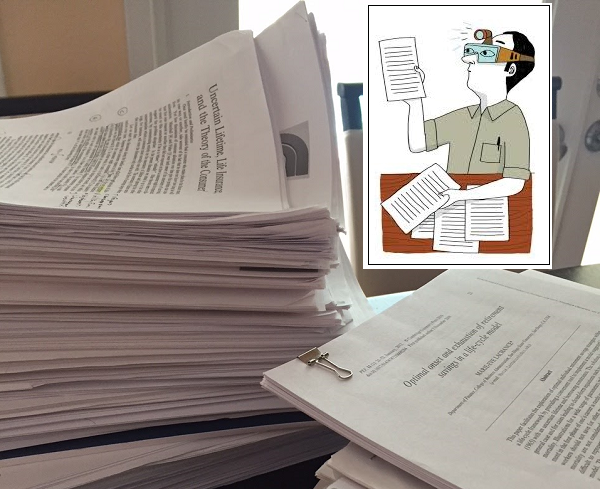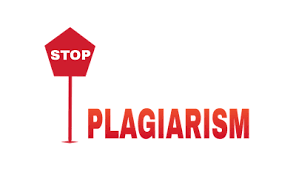Editorial and Peer Review Process
Editorial and Peer Review Process

Peer-reviewed manuscript: The submitted manuscript of the Mini-review, Meta-analysis, Clinical Trial, Visual Experiment, and Research Article are peer-reviewed. The Letter to the Editor is not peer-reviewed.
Initial Internal Editorial Review
| Initially, we do the internal editorial review with the purpose of a) avoiding unnecessary delays in deciding the manuscript and b) avoiding manuscript overload. |
Using this method, about one-third of all submitted manuscripts are rejected without peer review. That is, initial rejection is often much quicker. In that case, authors have the option to submit their manuscripts to another journal without unnecessary delay.
| - Is the research unethical? If yes, then we reject the manuscript. |
| - We read the title of the manuscript and then think about whether it is within our area of priority. |
[Authors are requested to read some of the Table of Contents of the issues of our journal published within the last 2-5 years. This will help you find out our area of priority. Some of the non-priority areas are, for example, antihypertensive drugs, anti-HIV agents, molecular docking without the data from the wet lab, nanotechnology, etc.]
|
- If your topic is not within our priority area, we will directly reject the manuscript. If it is, then find out the two or three main keywords from the title. |
[For example, Mr. X is a corresponding author and has submitted a manuscript "Larvicidal, leishmanicidal, insecticidal and anthelmintic effects of Sterculia diversifolia stem bark and leaf" to the Bangladesh Journal of Pharmacology. The keywords are Anthelmintic; Insecticidal; Larvicidal; Leishmanicidal; Sterculia diversifolia. Then we browse the www.google.com and www. scholar.google.com web search engines. In the search space, copy and paste two words, Sterculia diversifolia and Anthelmintic. Then enter the key and find out if there is any published data.]
| - If there is published data (duplicate publication), then we directly reject the manuscript. If not, then we go through the abstract of the manuscript and do the plagiarism check.
- Make one copy of the manuscript. Delete the title page, figures, and references. Then the rest part of the manuscript is checked by dependable plagiarism software (more is written in the plagiarism section). If the percentage of plagiarism is more than 10 (ten), then we reject the manuscript directly without any explanation. We have software to detect image manipulation as well. |

Screenshot showing the percentage of plagiarism by the colored text in a manuscript
| - If the contents are informative and will be useful to our readers, then we think about whether the manuscript was written according to our journal style.
- Are there:
- Is the manuscript written according to our journal's style? - If the editorial office is satisfied, then we will decide to send an email to the corresponding author to prepare and submit a video clip of one methodology. There is no time limit to submit the video clip. - When we get the video clip (only in the case of the Research Article), we review it to see whether it is acceptable or not. If not, then we request the author to improve it. Otherwise, the manuscript is rejected. - If yes, then our office checks the English language, grammar, and typographical mistakes using software (more in the English grammar section). Our office corrects the minor mistakes on behalf of the authors. If the English language and grammar are too bad, then we request the corresponding author to correct them by themselves and send them back to us. - Our layout editor prepares the dummy Article (formatted text with proper placement of image, Figure(s), and Table(s), if any). [This is helpful for an easy review by the External Editors and saves time and labor] - Finally the dummy article is sent to external reviews. The usual reasons for rejection at this stage are
- It usually takes about 3 to 10 days. |
External Peer-Review
| Review of a manuscript is done by either single-blind, double-blind, or none. The Bangladesh Journal of Pharmacology practices single-blind peer review, where the reviewer knows the authors' names, but the reviewer's name will not be disclosed to the authors. The review report will appear in the editorial decision letter, where it can be read by the authors. |
| - If any manuscript passes the first step and meets the Criteria for Publication, then the manuscript is sent to two independent external reviewers (preferably, reviewers from other countries) for comment/advice
- External reviewers are given 3 weeks to complete the review |
